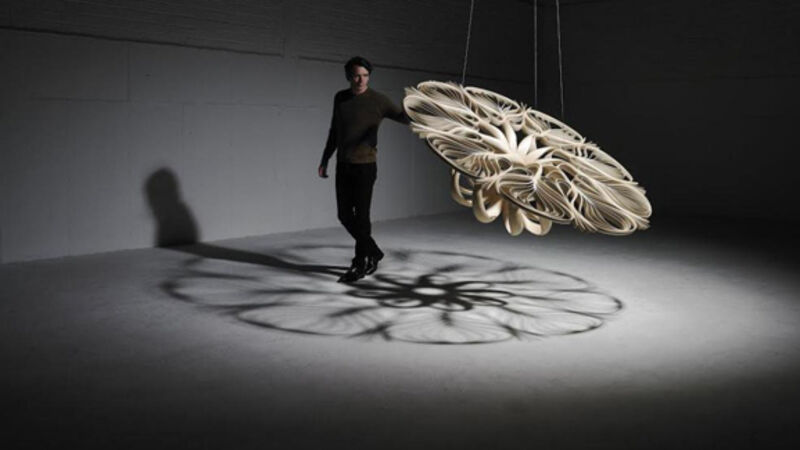International artist/designer Joseph Walsh is ahead of the curve

It’s since become a maxim for resourcefulness, growth and the mindset underpinning it, and one that came to mind while on a visit recently to the studio of furniture designer Joseph Walsh, on a still summer morning.
This is where I first met him five years ago, and his Kinsale studio and workshop complex is, as it was five years ago, a microcosm of Irish design, historical and contemporary.
On one side of an expansive yard sits his great-grandfather’s thatched cottage, a study in the creative application of limited building materials with practicality of purpose — which we call design — and appreciated in hindsight for its aesthetic value and economy of function.
Nearby stands a modern, timber-clad workshop and design studio, the air heavy with the scent of newly-hewn wood and a tension born of the concentration of a cohort of master craftsmen at work.
Yet each one has time to stop and talk, to describe and explain with a passion and sincerity to match the heady, woody fragrances.
Inside the studio there’s respite from summer temperatures. But the visitor’s eye-line that was once drawn to its lofty ceilings, brilliant white walls and expansive black floor space, is now dominated by new work.
As Joseph and I sit to talk, my first question about what’s changed in his work is already answered —scale — monumental, dramatic and technically challenging.
Joseph explains. “Five years ago we were four to six people working on domestic scale pieces. Now we’re 12 to 15. New people have brought more diverse backgrounds.”
Referring to a scale model nearby of what became a monumental installation piece, Magnus Celestii, for a recent exhibition at Roche Court in Salisbury, he says,
“Engineering input has been vital. It’s hard to anticipate how something will scale up and still remain stable and achieve refinement.”
My eyes scan the space and rest on materials other than wood, notably Connemara marble. “We had stone in the detail before,” he explains, “But now we have full pieces in stone and resin.”
This is quite a departure from a discipline that focused on wood and made an art form of innovating in its application to domestic furniture.
“It’s not easy to move into a new material,” he says. “You have to get to know it and create intimacy. There’s a huge contrast in time between ancient stone and an instant polymer.”
Yet they work together, and even though there’s an inherent heaviness in these materials, they’re connected to the wooden pieces by a sense of movement and fluidity, characteristics of his work and which goes back to some of his earliest pieces.
With a growing client list that is 99% international, and an expanding exhibition programme, what’s next?
“Continuous development, new clients and materials, exhibition pieces,” he says. “Some are site specific, others are pieces I’m playing with, starting a language and then application.”
Everything must change so it can remain the same, it would seem.














